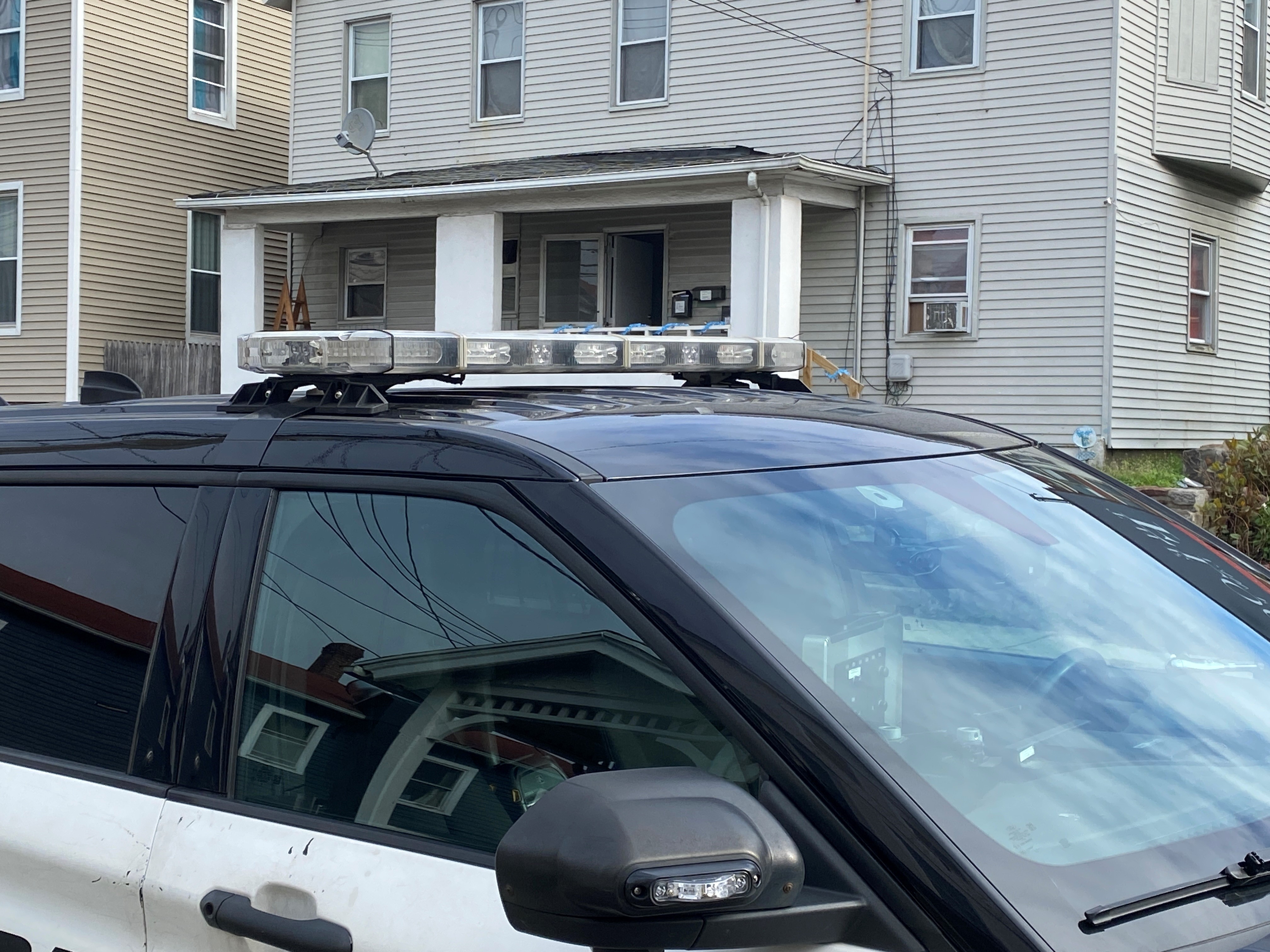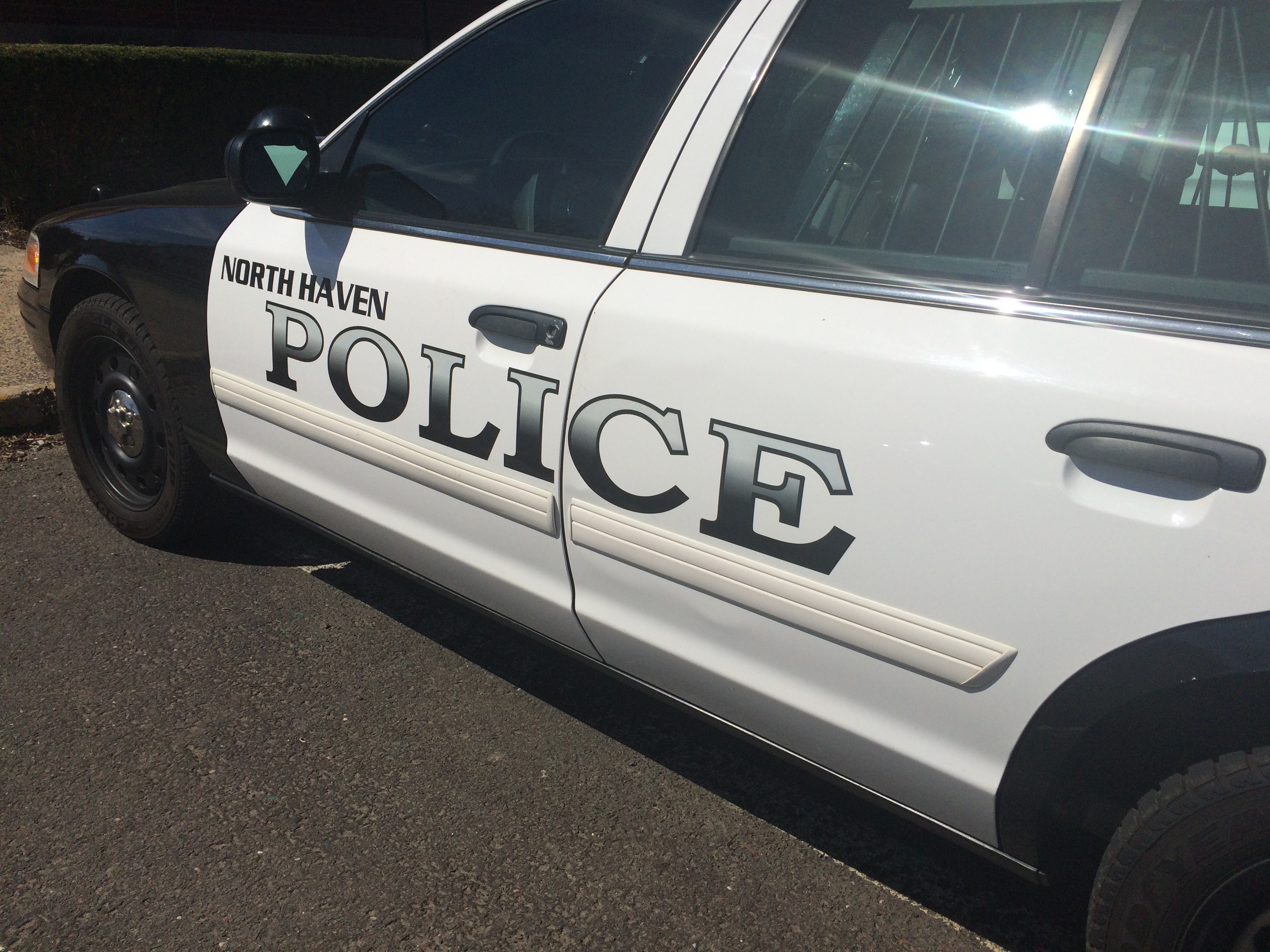When it comes to waste, be it recycling or trash, Berlin’s Jean Koziol is just happy it’s gone.
“I don’t know where it goes. They just take it and it’s gone. It’s great,” she said.
Formerly, Hartford’s MIRA trash plant was an answer, but according to the Connecticut Department of Energy and Environmental Protection, last year’s closure has led to an estimated 860,000 tons of waste per year being shipped out of state.
“Why would we want to be sending our valuable food scraps, paying a premium to ship it to Pennsylvania when we could divert that material right here to Berlin, Southington?” said DEEP Commissioner Katie Dykes.
Get Connecticut local news, weather forecasts and entertainment stories to your inbox. Sign up for NBC Connecticut newsletters.
Dykes said Connecticut has a number of food processing plants already, such as Bright Feeds in Berlin, which converts food waste into animal feed.
There’s also Quantum Biopower in Southington.
“We’re taking in food waste materials, and in our case, we’re converting them into renewable natural gas and using that gas as a fuel source,” said Quantum Biopower Vice President Brian Paganini.
Local
One goal of Gov. Ned Lamont’s bill is to implement new infrastructure that can better divert food waste to those places.
“We don’t have convenient, affordable, scaled up diversion programs in order to make it really convenient and affordable for businesses or residents or schools to take that valuable material, put it into a separate container at the curb,” Dykes said. “And get it to a place like this.”
Some town leaders testified against the bill, saying the state should see how the pilot programs play out before implementing this sort of solution.
The bill would also implement extended producer responsibility, or EPR. It’s a waste reduction strategy that makes the manufacturers responsible for the disposal of the packaging.
“Giving the producers an incentive in terms of packaging to make sure that doesn’t end up in the waste stream as well,” Governor Lamont said.
In a statement, the Northeast Waste and Recycling Association shared its concerns with this part of the bill, saying the EPR plan could ultimately cost consumers more.
According to numbers provided by DEEP, however, “it is estimated that Packaging EPR will divert up to 190,000 tons per year from disposal and save municipalities $50 million annually in recycling costs.”
If passed, individual municipalities would have the choice as to whether or not they participate in the program.
State leaders said the bill is currently being reviewed by the Environment Committee and is expected to go up for vote by the end of the month.



